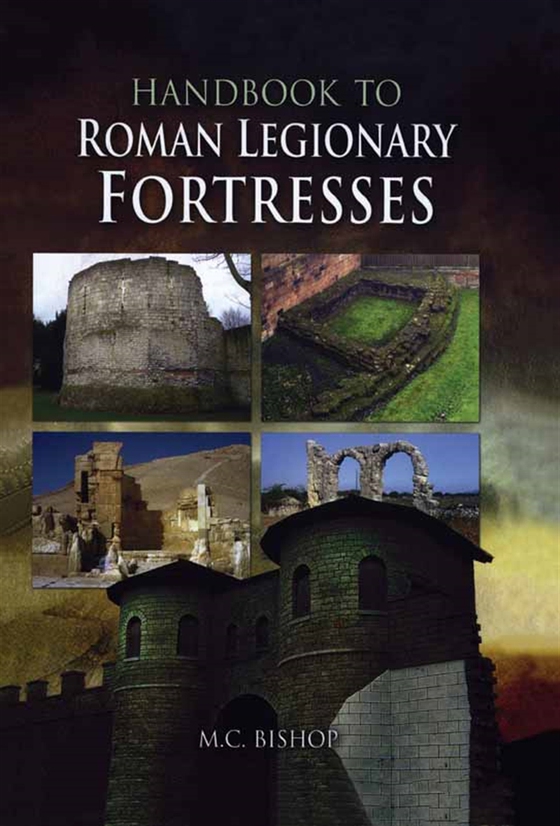
The Secret History of the Roman Roads of Britain e-bok
115 kr
There have been many books on Britain's Roman roads, but none have considered in any depth their long-term strategic impact. Mike Bishop shows how the road network was vital not only in the Roman strategy of conquest and occupation, but influenced the course of British military history during subsequent ages.
The author starts with the pre-Roman origins of the network (many Roman roads being ...
E-bok
115 kr
Mer av samma författare
Förlag
Pen and Sword
Utgiven
18 Februari 2021
Längd
210 sidor
Genrer
Historia & Arkeologi, Fackböcker
Språk
English
Format
epub
Kopieringsskydd
Vattenmärkt
ISBN
9781473837478
There have been many books on Britain's Roman roads, but none have considered in any depth their long-term strategic impact. Mike Bishop shows how the road network was vital not only in the Roman strategy of conquest and occupation, but influenced the course of British military history during subsequent ages.
The author starts with the pre-Roman origins of the network (many Roman roads being built over prehistoric routes) before describing how the Roman army built, developed, maintained and used it. Then, uniquely, he moves on to the post-Roman history of the roads. He shows how they were crucial to medieval military history (try to find a medieval battle that is not near one) and the governance of the realm, fixing the itinerary of the royal progresses. Their legacy is still clear in the building of 18th century military roads and even in the development of the modern road network. Why have some parts of the network remained in use throughout?
The text is supported with clear maps and photographs.
Most books on Roman roads are concerned with cataloguing or tracing them, or just dealing with aspects like surveying. This one makes them part of military landscape archaeology.
Inga recensioner än






